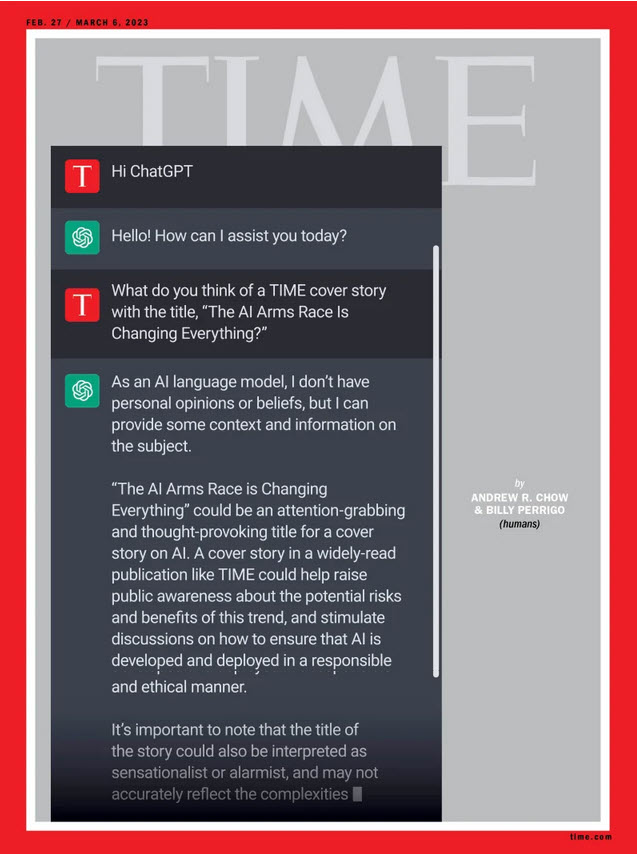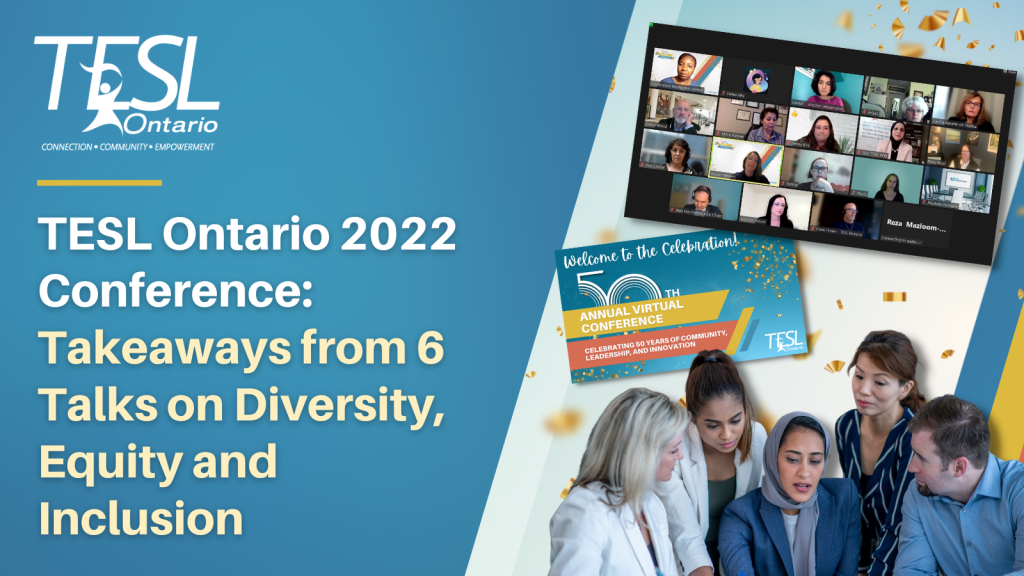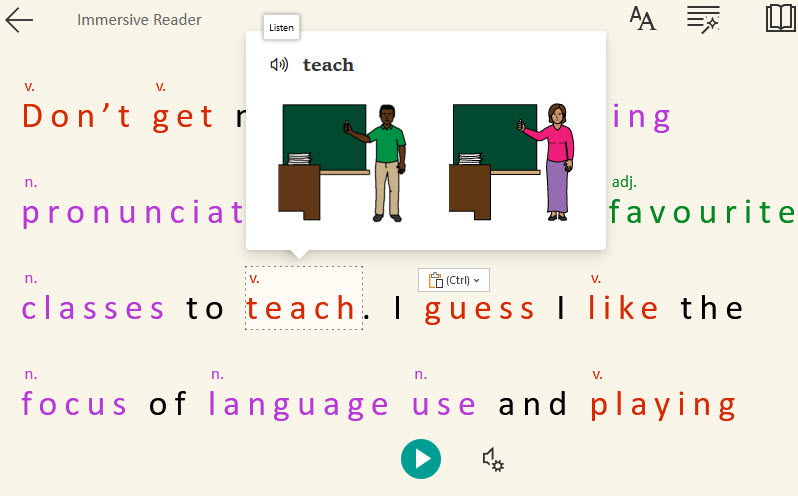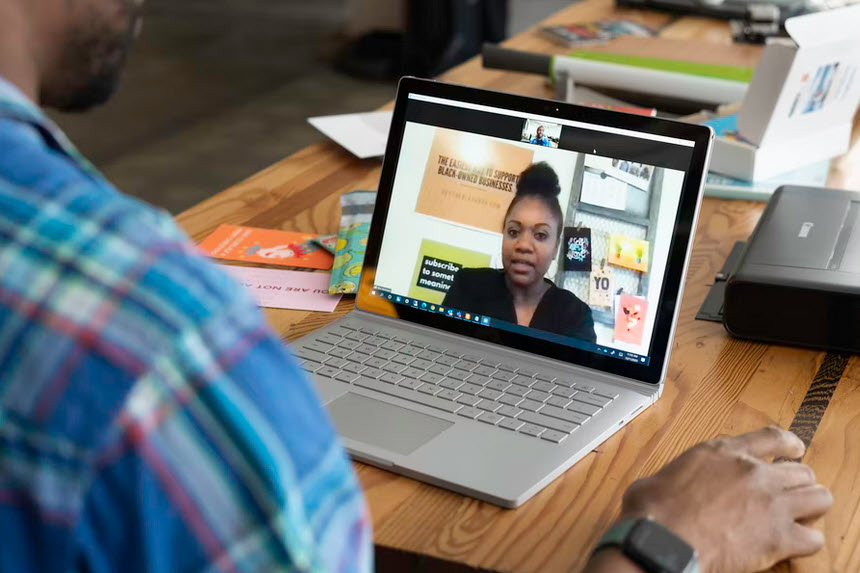Whether you’re aware of it or not, the recent release of artificial intelligence-powered chatbots is transforming the way we interact with technology. OpenAI’s ChatGPT, Chat Generative Pre-Trained Transformer, allows anyone to engage with it in a human-like manner to achieve a response. Over the past few months, scores of GPT-powered web apps and browser extensions have appeared due to AI-powered chatbots resulting from the release of the OpenAI’s GPT API (applications programming interface). The API allows apps to work with ChatGPT. This allows software developers to create more powerful applications. The browser extensions described below will help language instructors use ChatGPT more effectively to enhance their lessons and daily digital tasks.
Continue readingCategory Archives: Technology
(Re)Focusing on the Process in Online Environments
If we can learn anything from ChatGPT and all other AI tools, it is that their product is the result of people who immersed themselves in the process of collecting information before arriving at the final product. The secret to success is what took place behind the scenes —the work it took to arrive at the final product.
Continue readingAI in the Classroom: The New, New Normal?
In December of 2022, Cecilia Aponte-de-Hanna brought the discussion of artificial intelligence or “AI” to the TESL Ontario community with her post, AI in the Classroom: Love It or Hate It – It’s Here. Cecilia piqued our curiosity by showing us an example of a test text generation and suggested three ways that she was considering using AI with her lessons.
Continue readingActive Learning With Mentimeter
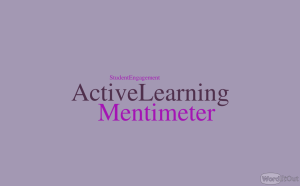 “Active learning engages students in the process of learning through activities and/or discussion in class, as opposed to passively listening to an expert” (Freeman et al., 2014).
“Active learning engages students in the process of learning through activities and/or discussion in class, as opposed to passively listening to an expert” (Freeman et al., 2014).
One tool that has made active learning more possible in my classes is Mentimeter.
Whether we teach a class in person or we teach an online synchronous course, Mentimeter can accommodate engaging large groups of audiences. If we teach a class implementing Bloom’s Taxonomy approach, Mentimeter can be a great tool in developing a successful and engaging lesson. Continue reading
TESL Ontario 2022 Conference: Takeaways from 6 Talks on Diversity, Equity and Inclusion
TESL Ontario’s 2022 conference, which marked the organization’s 50th anniversary, brought forth current perspectives, reflections, and suggestions related to diversity, equity, and inclusion. This post highlights takeaways from six talks about fostering inclusion, advancing accessibility, and supporting newcomers.
Continue readingHow much technology is too much?
I have taught exclusively online for two and half years. During this time, the number of digital tools in my arsenal has skyrocketed. I have been consumed by technology. I used to feel sorry for “computer nerds” who squirrelled away in their basements, rarely coming up for air. And now I am one of them.
Continue readingDaily Small Talk
As a person and as a language instructor, I hear the words ‘small talk’ and I shudder. However, I have learned – after teaching online for nearly three years now – not to underestimate the opportunities and utility of focusing specifically on Small Talk in class. Focusing on Small Talk has always been successful. When surveyed, learners consistently report that they want more Small Talk rather than less.
I started teaching virtually with a fairly small class (CLB 7) who really responded to Small Talk. For one thing, I found the class needed to deal with mental health issues – near the beginning of COVID – and needed to feel as social as possible in a virtual environment. That’s when I started to develop Small Talk as an integral activity. Most recently, I had a much larger class that also responded very well to the Small Talk activities. This activity is not a one-off lesson but rather focuses on best practices, routine, feedback, and refinement.
Continue readingImmersive Reader for Autonomous Reading Practice
Introduction
In 2018, Beth Beardall posted that reading advances learner grammar comprehension, vocabulary, writing skills, critical thinking skills and speaking fluency in the post Reading, Reading, Reading. Why it is so important! One way to assist your learners with reading is to encourage them to use the Microsoft Immersive Reader tool.
Continue readingCreating Dialogues Remotely
Over the pandemic, several instructors have commonly requested assistance with recording dialogues for PBLA activities, assessments, reading practice or listening activities. In this post, I have detailed the steps. These steps focus on preparing a listening dialogue for a class activity. I am sure that many instructors and students have devised their own hacks for this issue, so if you have invented better methods, please add them to the comments below.
Continue readingKeep Things Organized – Tips for Organizing Google Drive

Organizing Google Drive for you and your students can be challenging. When assessments and assignments are assigned through Google Classroom, you may get lost in the mountain of documents. For your students – especially for those who aren’t tech savvy – it’s even more challenging. As we approach the end of the school year, here are a few lessons I’ve learned from online teaching about how organizing your Google Drive early saves you time and effort.
Continue reading


